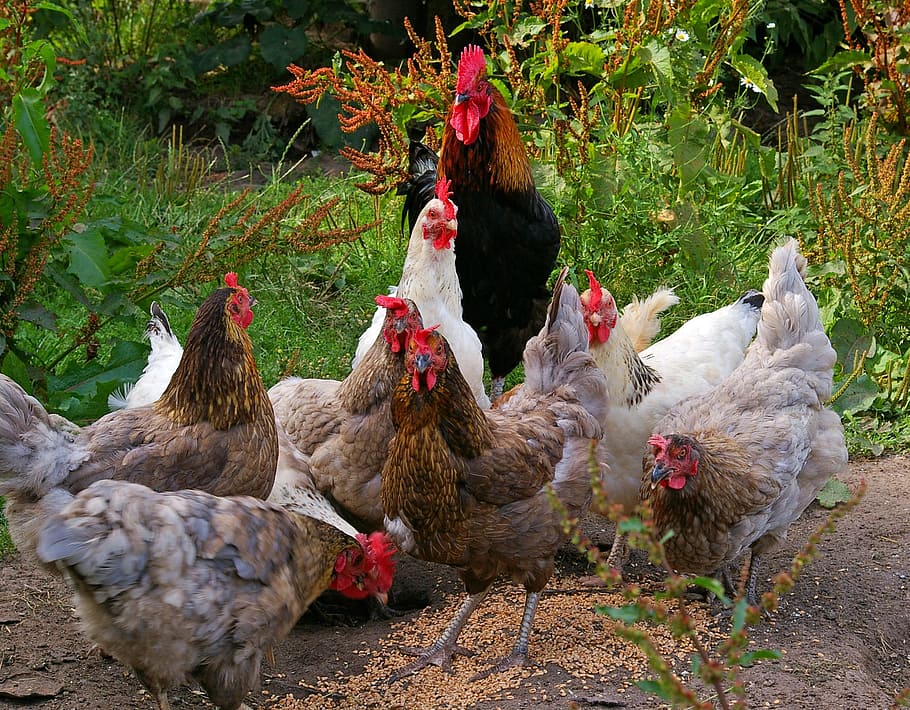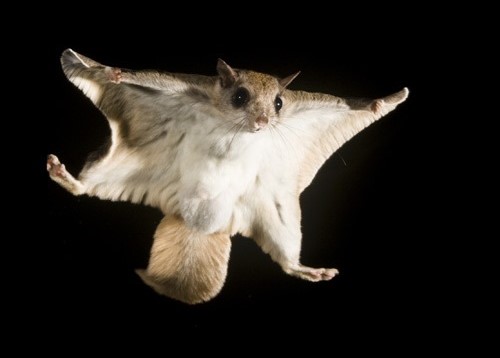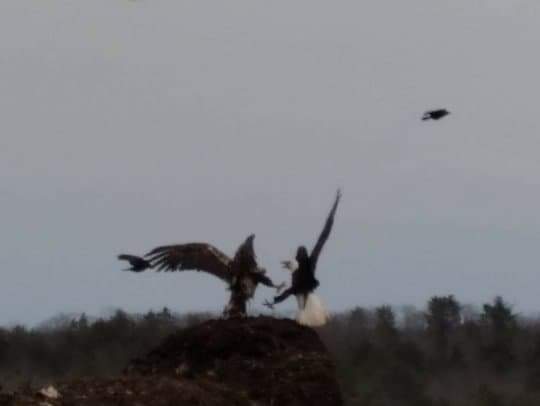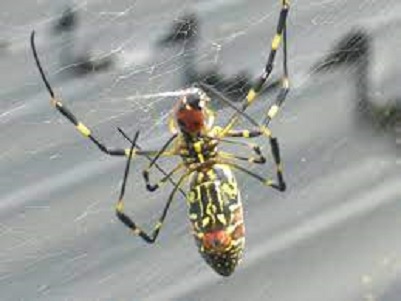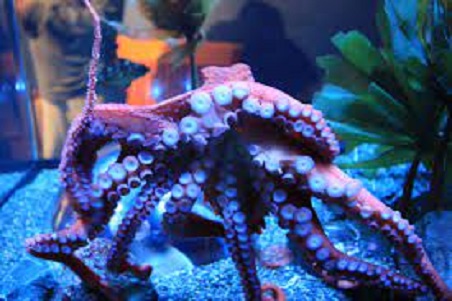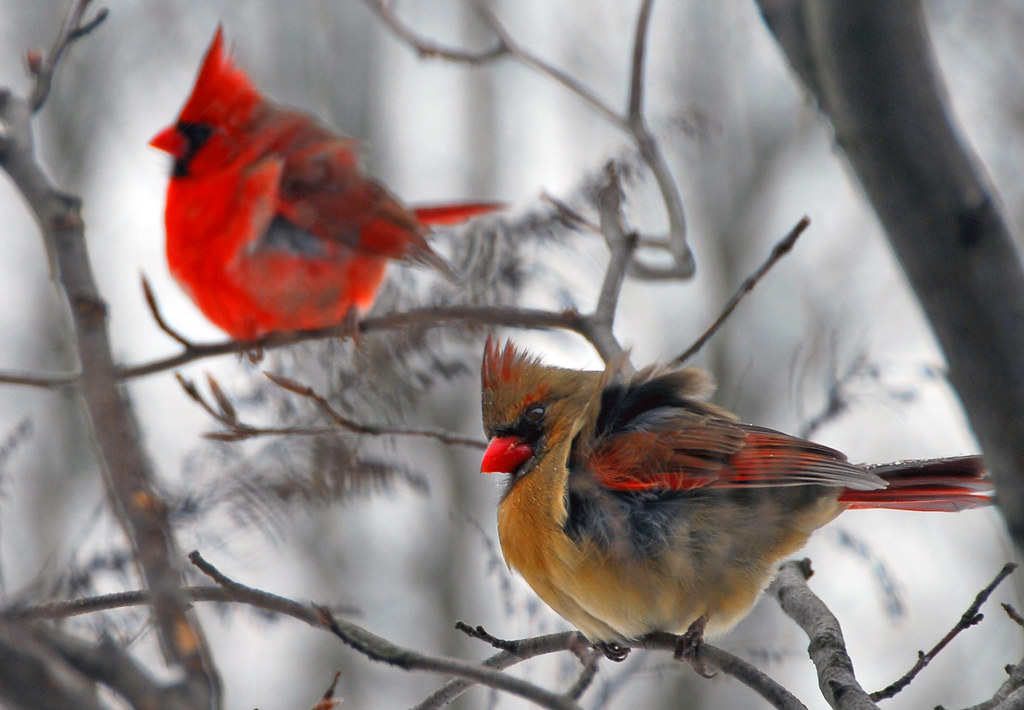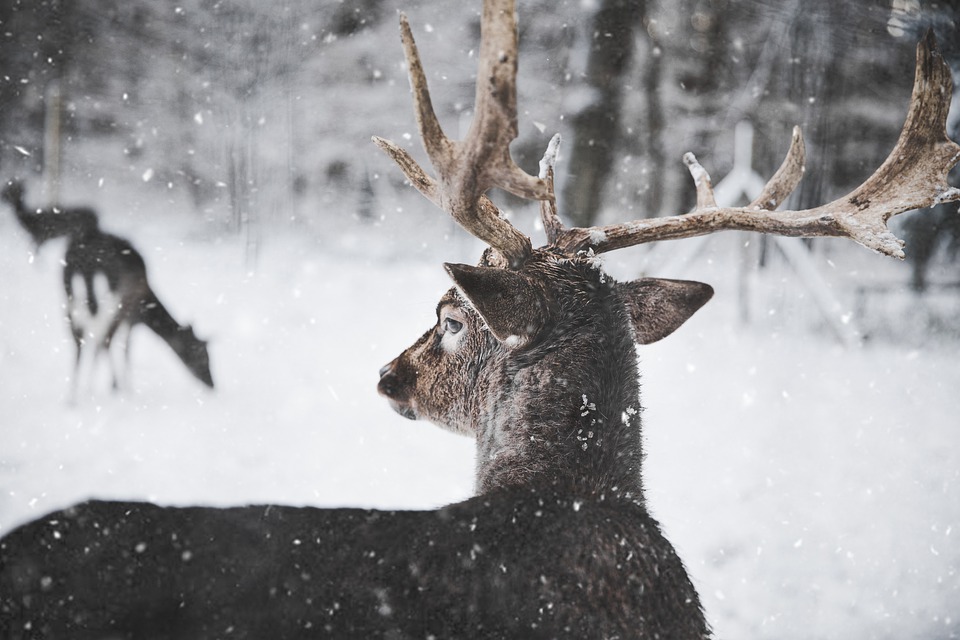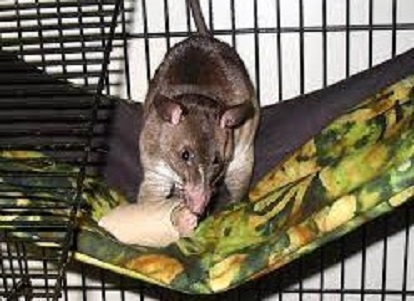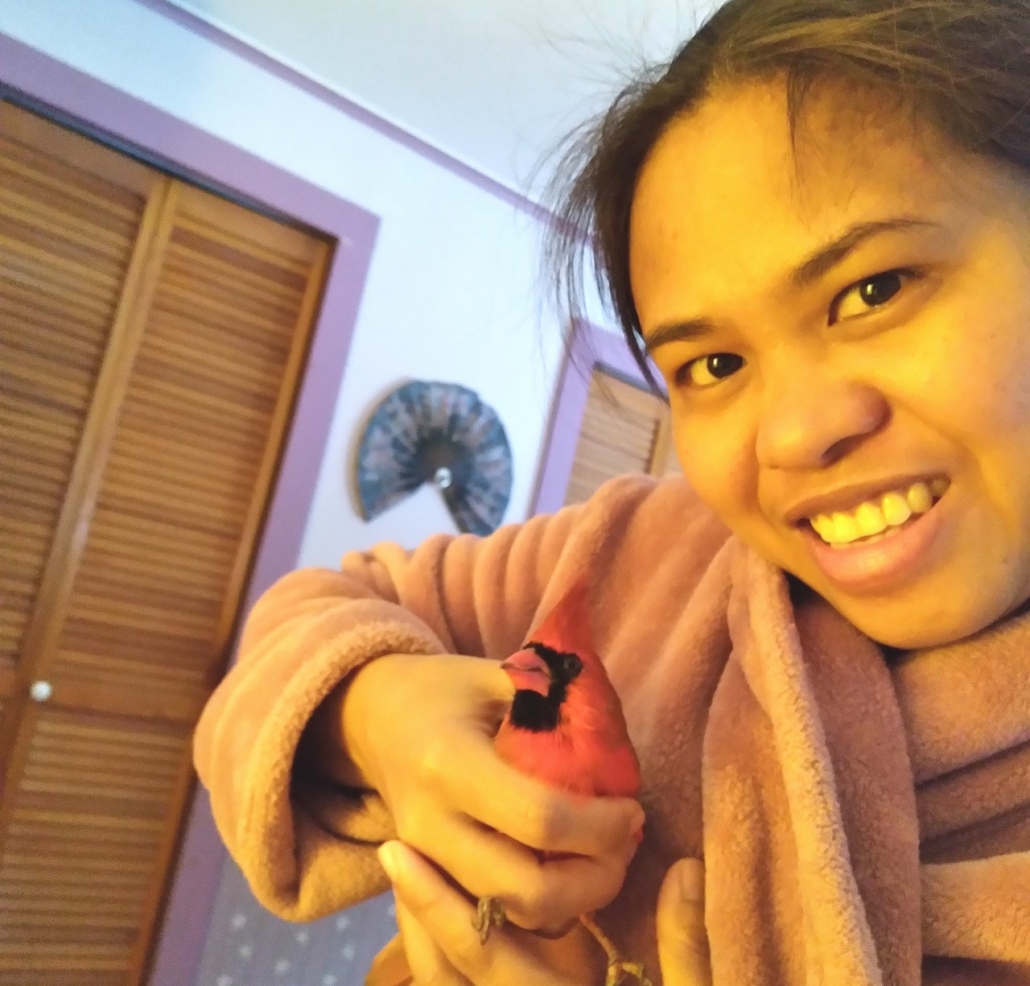SCORES & OUTDOORS: Iceberg parade becomes tourist attraction
 by Roland D. Hallee
by Roland D. Hallee
A strange phenomenon occurs every spring in the north Atlantic. Large icebergs come floating down the south shore near Ferryland, Newfoundland, Canada. People journey to the site – some traveling thousands of miles – to see this spectacle.
For the locals, it’s no big deal. But for others, seeing them for the first time, it’s a breath taking sight.
Slowly, an entire flotilla of massive chunks of ice several stories high gradually make their way south from Greenland.
Most years, hundreds of icebergs break off from glaciers and their one- to three-year nomadic journey begins. If the winds are favorable enough, they reach “iceberg alley,” an area of the Atlantic that roughly stretches from the coastal waters off Labrador, in Canada, south along Newfoundland.
Although last year proved a big disappointment, with only one iceberg making it across the 48th N parallel during iceberg season – generally April through July. Not anything like 2019, which saw more than 1,500.
Meteorological and oceanographic conditions – wind direction, ocean currents and air and sea temperatures – play a role and impact the flow of the icebergs, determining how big a show Mother Nature will put on each year, according to the U.S. Coast Guard International Ice Patrol, which monitors the area off Labrador and Newfoundland for icebergs.
Some observers believe that stronger Labrador winds this spring may draw a larger number of the icebergs south.
This year, there is more ice in the harbors, more seals and even polar bear sightings in certain areas. The same currents carry icebergs so this is a positive sign. Sightings in the past couple weeks confirm that some icebergs are getting closer to shore than last year.
The icebergs have become a major attraction, giving rise to some iceberg tourism and delivering lucky spectators with a front-row seat to an unusual parade.
Tour boats actually venture out for a closer look at any number of the many icebergs. However, they never get too close in case the icebergs continue to break up.
Speaking of boats, could it be possible that one of these giant icebergs was responsible for the sinking of the RMS Titanic? The sea disaster happened on April 14, 1912, in the north Atlantic when the British luxury passenger cruise liner collided with an iceberg off the coast of Newfoundland. The timing would be right.
These gigantic icebergs can reach up to 300-feet above sea level. That, plus most of the icebergs are not visible, with 90 percent of an iceberg’s size beneath the surface. Some take on odd shapes as they melt, even looking like ice castles by the time they pass along the Canadian shore.
As many enjoy the icebergs and all of what they have to offer, some are concerned, hoping that future generations will be able to marvel at these giants of nature as many do today.
They should be enjoyed while they last, with the current climate changes, there’s no guarantee we’ll see this spectacle in years go come.
Are you planning a vacation to Newfoundland, yet?
AccuWeather is the primary source of this article.
FLYING SQUIRREL UPDATE
Last week, I received a letter from a reader concerned about flying squirrels and their “health.” She noted that she had captured several flying squirrels above a suspended ceiling in the home they purchased. After baiting and capturing them, she found a farmer who allowed her to release them in an old, large barn in Sidney.
This last time, he said “no” because he researched and found that flying squirrels are territorial and will attack and kill other flying squirrels in the area.
Well, this is what I was able to find about flying squirrels and relocating them. It is best to relocate in an area near where they were found, more familiar territory.
Competing males chase until they catch the other. This is followed by violent fighting among males. In these chases, they are not always about the size or the strength of the squirrel, but also the maturity. It has been noted that on many occasions, it’s the older male squirrels that win the fight to claim dominance.
So, probably the best way to handle flying squirrels once they have entered your home is to place a one-way door or another type of exclusion device over the hole. The flying squirrels will be able to leave but not get back inside. Over the course of a few days, they will leave in search of food and remain outside with no way to get back in.
That’s probably the best way to take care of that situation.
Roland’s trivia question of the week:
Have any Boston Red Sox pitchers’ numbers been retired?



